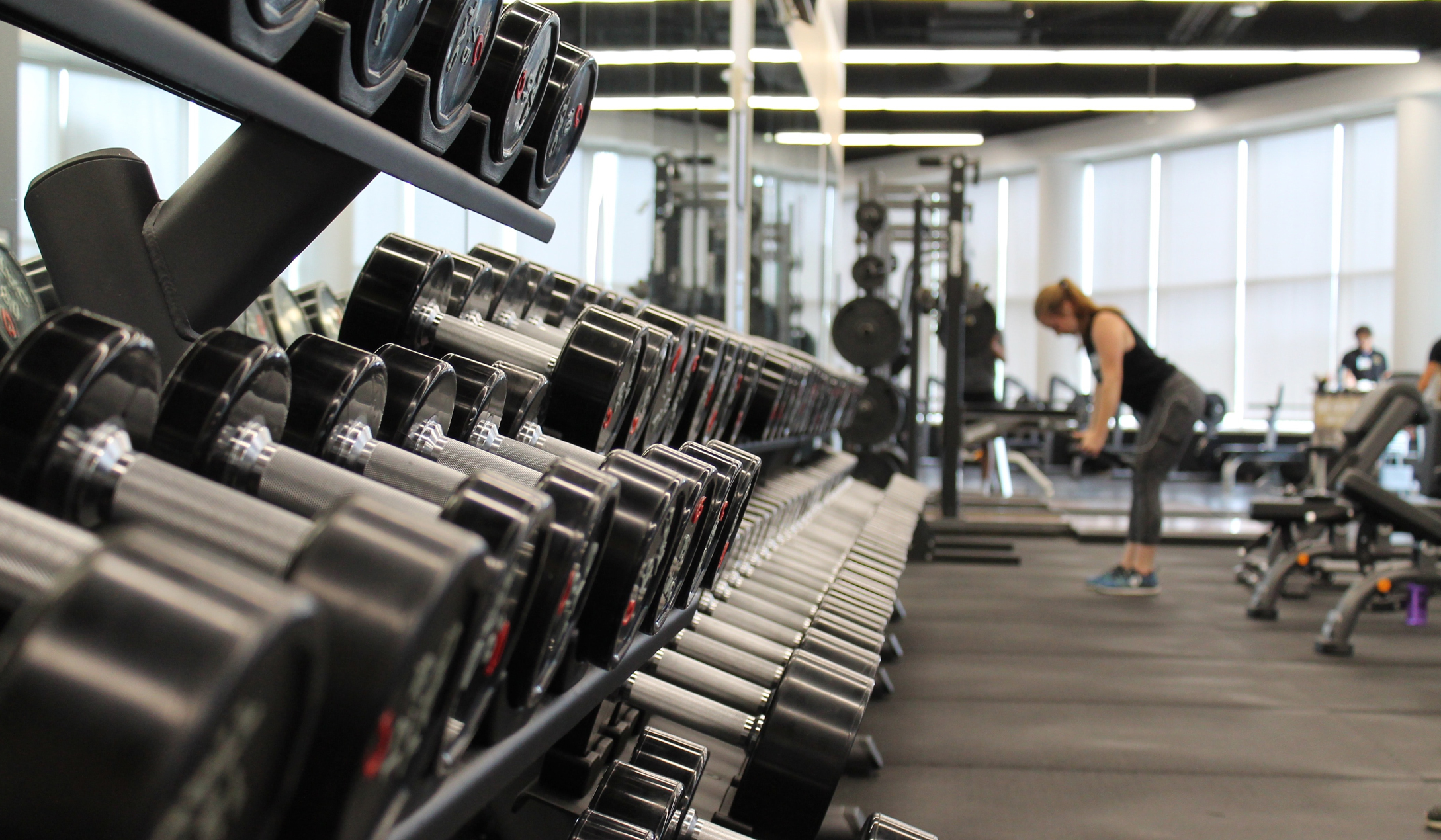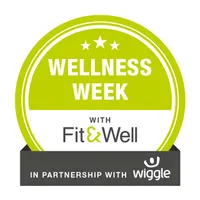These are the five fitness terms and gym phrases you need to know
Macros? HIIT? These are the fitness world's most-searched jargon and gym terminology


If you're only just dipping a toe in the fitness world, chances are you've come across a term you didn't understand. There's a lot of confusing terminology and acronyms out there, to the point where sometimes, fitness and exercise can seem almost impenetrable to the beginner.
That's where we come in. A new study undertaken by fitness firm, body composition specialist and data aggregator MyVitalMetrics has highlighted the top most-searched for fitness definitions in the UK, to reveal the buzzwords people are most baffled by.
We've gone through the five most common buzzwords in the list and defined them for you, so you never have to be confused by these pieces of common gym jargon ever again.
- 1. Macros, a.k.a. Macronutrients: 32,050 Google searches a month. Macronutrients are protein, carbs and fat. Every meal, from porridge oats to steak and chips, are made up of these three nutrients in different quantities.
Some people use this as a dietary guideline, which is when they talk about their "macros". For example, a low-carbohydrate diet might consist of a daily food intake of 40% protein, 40% fat and 20% carbohydrates. - 2. High-intensity interval training, a.k.a. HIIT: 29,610 searches a month. HIIT refers to a type of exercise, in which you work out at really high intensity for a short interval period, then rest for a short period of time before going again. It's the opposite of going for a jog, which is a low-intensity exercise you can maintain for a long time. To see how it's done, check out our four-week training plan.

- 3. Delayed onset muscle soreness, a.k.a. DOMS: 29,010 monthly Google searches. Have you ever worked out, felt great, then woken up the next day with really sore muscles? That's delayed onset muscle soreness, a perfectly normal phenomenon experienced by everyone who exercises regularly at some point.
- 4. Lactic acidosis: 22,460 searches per month. When we exercise hard, lactic acid is what builds up in our muscles. MyVitalMetrics founder Owen Hutchins said: "Lactic acidosis is the result of this lactic acid build-up in the blood, making the working muscle feel like it’s burning. Usually this just means we need to lower the intensity"

- 5. Ketosis: 22,340 searches per month. Ketosis is what happens when our body's working hard enough to use up all the carbohydrates we've eaten for fuel. With no carbohydrates left, the body starts to burn fat for fuel instead. The ketogenic diet, which is high in fat but low in carbs, hinges on inducing ketosis, aiming to get you losing weight by starving you of carbohydrates so that during exercise, you're burning up your fat reserves instead.
Liked this? More Wellness Week articles:
- Why you definitely shouldn’t skip breakfast
- The benefits of fish oil: why you should pay attention to your omega-3 intake
- 8 foods to lower cholesterol: easy, natural ways to a healthier heart
- Six foods to avoid with arthritis: is your diet adding to your pain?
- Home office ideas: how to build a healthy workspace
- Menopause diet: what to eat to ease your symptoms
Start your week with achievable workout ideas, health tips and wellbeing advice in your inbox.
Matt Evans is an experienced health and fitness journalist and is currently Fitness and Wellbeing Editor at TechRadar, covering all things exercise and nutrition on Fit&Well's tech-focused sister site. Matt originally discovered exercise through martial arts: he holds a black belt in Karate and remains a keen runner, gym-goer, and infrequent yogi. His top fitness tip? Stretch.

